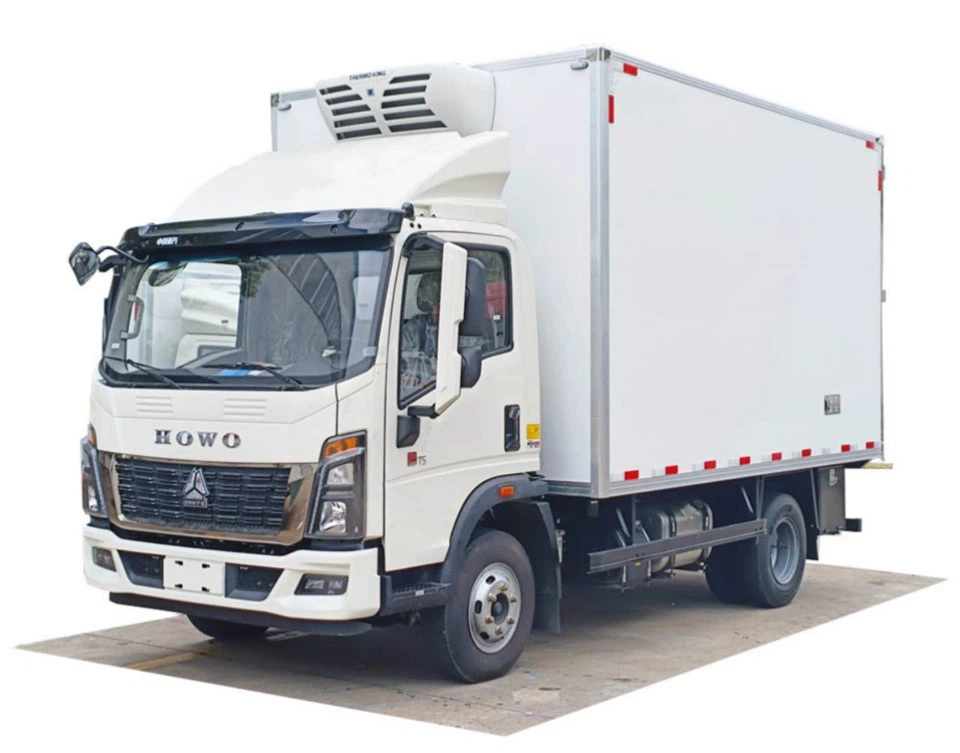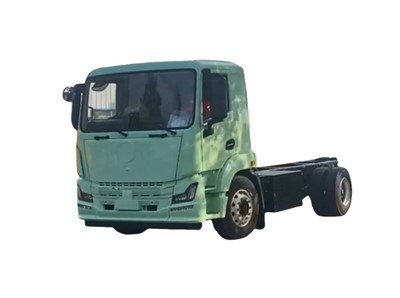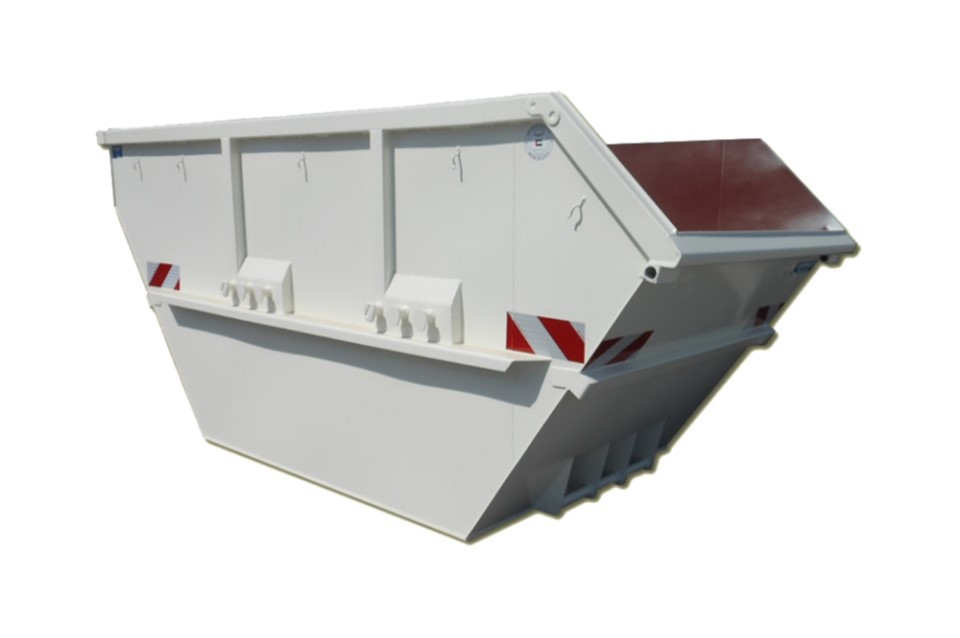How Much Does a Street Sweeper Cost? A Comprehensive Guide

Street sweepers are essential vehicles used by municipalities, contractors, and businesses to maintain clean and safe environments. Understanding the cost of these machines is crucial for anyone considering their purchase or rental. In this article, we will explore the various factors influencing the cost of street sweepers, including different types, features, and where to buy them. We’ll also provide practical examples and tips to help you make an informed decision.
Types of Street Sweepers
1. Mechanical Broom Sweepers
Mechanical broom sweepers are among the most common types. They use rotating brushes to sweep debris into a hopper. These vehicles are typically more affordable and are ideal for light to moderate cleaning tasks.
Cost Overview
The cost of mechanical broom sweepers ranges from $30,000 to $150,000, depending on the features and model year. Used models can be found for as low as $15,000.
2. Vacuum Sweepers
Vacuum sweepers utilize suction to collect debris, making them suitable for finer dust and dirt. These are often used in urban areas with heavy traffic.
Cost Overview
The price for vacuum sweepers typically falls between $50,000 and $200,000. Used versions may start around $20,000.
3. Regenerative Air Sweepers
Regenerative air sweepers offer an environmentally friendly solution. They use a combination of air and suction to clean street surfaces efficiently.
Cost Overview
New regenerative air sweepers usually cost between $100,000 and $300,000, while used models start around $50,000.
4. Compact Sweepers
Compact sweepers are small and versatile, ideal for tight spaces like parking lots and sidewalks. They are great for municipalities looking for multi-functional capabilities.
Cost Overview
The cost of compact sweepers can range from $25,000 to $75,000, with used models available from $10,000.
Factors Affecting the Cost of Street Sweepers
1. Type of Sweeper
As noted, the type of sweeper chosen will significantly impact the cost. Mechanical broom sweepers are generally more affordable than vacuum or regenerative air models.
2. Size and Capacity
Street sweepers come in various sizes, affecting their price. Larger models can carry more debris but are typically costlier.

3. Features and Technology
Advanced features, such as GPS tracking, automated controls, and enhanced dust control systems, will raise the price of a street sweeper. However, they may improve efficiency and reduce long-term operating costs.
4. New vs. Used
Choosing to purchase a used street sweeper can save a significant amount of money. However, it’s essential to consider the condition and remaining lifespan of the vehicle.
Where to Buy Street Sweepers
1. Dealerships
Buying from a dealership offers the security of warranties and service packages. However, prices may be higher compared to private sales.
2. Auctions
Buying at auctions can yield excellent deals, especially for used sweepers. Companies often sell their fleet when upgrading or downsizing.
3. Online Marketplaces
Websites like eBay and specialized equipment auction sites can provide a wide range of options. Be sure to verify seller credibility.
4. Rental Companies
If purchasing is not feasible, renting a street sweeper is a cost-effective option for temporary needs. Rental costs typically range between $500 and $1,500 per day, depending on the model.
Cost of Ownership and Maintenance
1. Fuel Costs
Fuel efficiency can vary between models. Be sure to research the fuel consumption rates to estimate your monthly operating costs.
2. Maintenance and Repairs
| Service | Estimated Cost |
|---|---|
| Routine Maintenance (annual) | $500 – $3,000 |
| Major Repairs | $2,000 – $10,000 |
| Parts Replacement | $200 – $5,000 |
3. Insurance Costs

Insurance for street sweepers can range from $2,000 to $6,000 annually, depending on coverage options and the value of the vehicle.
Financing Options for Street Sweepers
1. Traditional Loans
Many banks and financial institutions offer loans specifically for equipment purchases. Typical terms range from 3 to 7 years.
2. Leasing Options
Leasing a street sweeper allows for lower monthly payments and the option to purchase at the end of the lease term.
3. Government Grants and Subsidies
Check for local or federal grants that could subsidize the purchase or lease of street cleaning equipment, particularly those aimed at improving environmental quality.
Practical Examples and Case Studies
1. Municipalities

A small town might spend around $100,000 on a new mechanical sweeper to maintain cleanliness during busy tourist seasons. Alternatively, a larger city could spend over $200,000 for advanced vacuum sweepers to accommodate higher traffic levels.
2. Landscaping Companies
Landscaping firms often rent compact street sweepers during peak seasons to offer additional services without the added investment. A rental cost of $1,000 for a weekend job can yield several thousand in service fees.
3. Business Applications
Businesses with parking lots can use street sweepers to maintain appearance and safety. An initial investment of $50,000 for a compact sweeper may pay off in customer satisfaction and property value retention.
FAQ Section
1. What is the average lifespan of a street sweeper?
Most street sweepers have a lifespan of 10 to 15 years, depending on usage and maintenance practices.
2. Do I need a special license to operate a street sweeper?
Generally, a regular driver’s license suffices; however, check local regulations for specific requirements.
3. Can street sweepers operate in inclement weather?
Most street sweepers can handle light rain; however, performance may be compromised during heavy rain or snow.
4. Are street sweepers environmentally friendly?
Modern street sweepers are designed to minimize dust and pollution, making them more environmentally friendly than older models.
5. What additional costs should I expect when owning a street sweeper?
Expect to budget for fuel, maintenance, insurance, and, if applicable, financing charges.
6. How do I choose the right street sweeper for my needs?
Consider factors such as the size of the area to be cleaned, type of debris, and specific cleaning requirements to ensure you select the right model.
